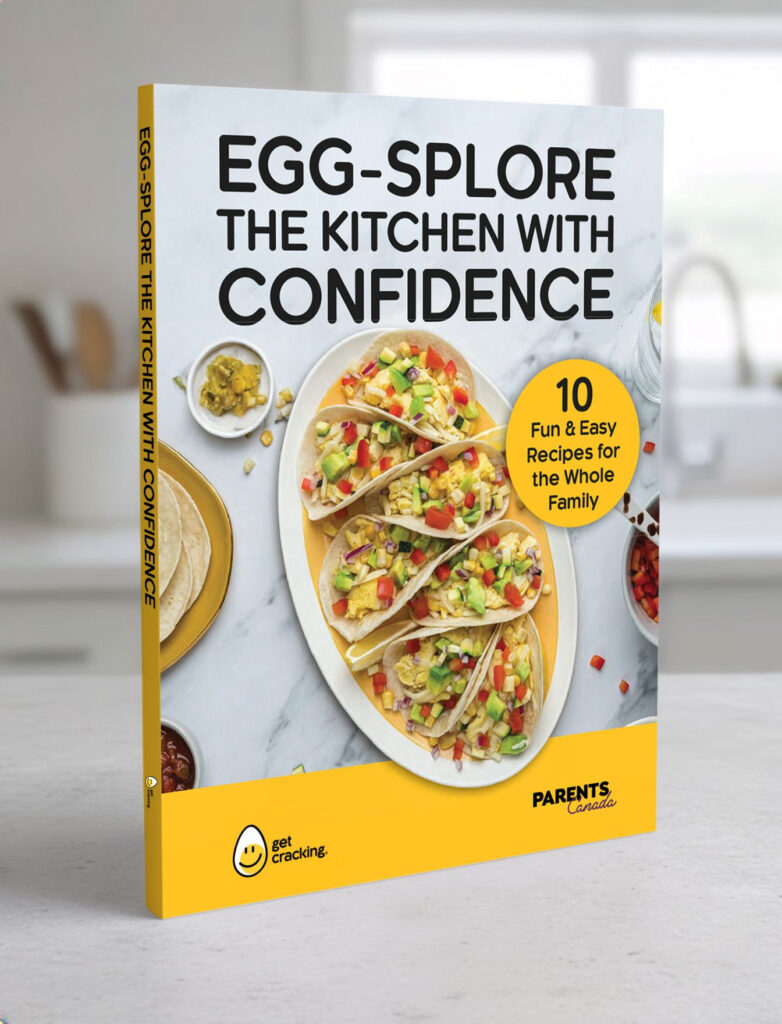The contraband was placed in an anonymous, plastic shopping bag and handed to me surreptitiously over the lunch table when the kids weren’t looking. I checked inside, and there it was—my daughter’s Elf on the Shelf. We’d gone to the cottage of family friends for a swim the day before, and the elf was one of the toys Phoebe had stashed in her backpack, along with her Barbies. It was mid-July, so the elf was supposed to be at the North Pole, not lounging by a pool. We had violated at least five Elf on the Shelf rules, and my friends were in a dead panic. If it was glimpsed by one of their adorable, tow-headed children, the magic could be ruined. Permanently.
Originally, I hadn’t believed anyone could maintain the impossibly high bar of never letting their child touch the Elf, let alone putting it away after Christmas. Phoebe, my compulsive daughter with ADHD, certainly couldn’t keep her hands away, and if she decided her Elf was going to come on a car ride or balance on the bars of her scooter, who was I to stop her? After all, wasn’t that the point? She had to use her own imagination to create the fantasy—the Elf was just a prop. Still, I felt compelled to attempt to keep up with the Elf antics I saw both in our neighbourhood and online. But why?
There’s an intense pressure to make childhood magical. Shops are full of canopied princess beds, block-printed forts, fairy wings and super-hero capes, and with the advent of social media, the burden lives with us constantly. Yet for most of us child rearing feels like an exercise in managed chaos. How on earth do you find time to create a fairy tea party or a cardboard pirate ship when getting the kids fed and to bed is a major undertaking?
We all know this is true. But once in our own beds, that parental ticker-tape of self-doubt inevitably plays in our heads. And no wonder. We’re constantly bearing witness not only to our friends’ creative parenting successes but celebrities too: Have you seen actor Busy Philipps’ Elf on the Shelf dioramas? They’re so elaborate (ziplining to an antique birdcage, baking Rice Krispy treats in the shape of snowmen, taking marshmallow baths) they have helped earn 1.4 million followers and left almost every other parent on Instagram feeling inadequate. It feels like we are all supposed to be partaking in one giant magical caper until teenage hormones hit and the bubble bursts.
This is an exaggeration, of course, but it’s hard for parents to know when and where to pull out the whimsical stops. That’s why we asked the experts for their advice, so you know where to best direct your energy.
MAKING THE RIGHT TYPE OF MAGIC
As much as we like to scoff at the over-the-topness of it all, magic is an important element in a child’s development. But, it doesn’t have to cost a fortune or add to your worry lines. “Kids should have opportunities to engage in wonder,” says Dr. Andrea Breen, associate professor in the Department of Family Relations and Human Development at the University of Guelph. “But rather than spoon-feeding them magic, we’ve discovered that co-creating stories where the child is a participant in building a world is incredibly beneficial.”
Using their own imagination to co-create gets all types of neurons firing in children’s brains. Research shows that it’s important for development on every level, from working memory (a real challenge for kids with ADHD, dyslexia and dyspraxia), to procedural thinking and emotional development.
This is different to the more passive act of reading stories to children or upholding traditions that have been handed down, such as Santa and the tooth fairy. “Imagination and awe are important in terms of learning. If you think about looking at the stars—they require a leap of the imagination to understand—it is that sense of wonder and the fantastical that can allow us to do it,” says Dr. Breen. Building stories together also plays another major role: It gives children that cozy, connected feeling to their parents. Dr. Breen and her two children have an imaginary friend who is a purple dragon called Big Tummy. “It started when they didn’t want to have naps,” says Dr. Breen. “I made up a story about me as a three-year-old sneaking off to meet Big Tummy, but I could only go in my sleep. We’d visit places like the Himalayas or Jamaica, and the kids would participate in creating the adventures with me. They’re older now but they still get a kick out of Big Tummy. It joins them to each other and their own sense of childhood.”
HOW TO KEEP YOUR SANITY AND STILL SPRINKLE SOME FAIRY DUST
It’s all about tapping into doing the things you enjoy. If you’re not a natural born storyteller, don’t create an elaborate mythology. If crafting makes you break out in hives, dioramas aren’t for you. But if you’re having a riot leaving a trail of silver ‘unicorn blood’ or writing elaborate letters from the tooth fairy, you should absolutely go for it. It’s when it comes at the expense of your sanity that it’s time to rein it in. “When my eldest was five (she’s now 14) she was really into rainbows,” says journalist and mother of three Robin Raizel. “So I decided she would have a rainbow-themed birthday party with a rainbow hot-air balloon piñata and rainbow jelly. The rainbow jelly took days: I had to make each colour and then layer it in a clear plastic cup and let it set completely before making more. But the papier-mâché for the piñata was worse. I loved making it in the third grade, so I figured this would be a cinch. It was a nightmarish week of making piñata after piñata that collapsed, with me up until midnight in tears, but determined.
Finally, I made one so strong that no kid could break it. My husband had to murder it with a baseball bat to get it to open. I also invited too many kids. The party seemed like a success, but at the end my exhausted daughter told me, ‘Worst party ever!’ before running up to her room.”
CHEATERS GUIDE TO MAGIC
There’s a simple way out of the magic rabbit hole: Put down your phone. Stop searching Pinterest and parenting blogs for projects. But how will you get creative ideas, you ask? Go outside. Nature is one of the easiest places to find wonder. Dr. Breen knows this firsthand. “We were given a fish by a well-meaning friend,” says Dr. Breen. “At first, I was annoyed at having to clean the tank, but the fish ended up being great fun. We did research and found out all about fish cognition, how they recognize faces, have memory, etc.” Nature is magical: Trees communicate with each other, caterpillars are transformers, water turns into clouds. Finding the fantastical outside requires little effort from you as a parent, and is a delightful way to enjoy time with your children. After all, having the opportunity to look at the world around us through fresh eyes, is one of the most magical things about having kids in the first place.
Magic 101
DO create family traditions. Getting your children involved will give them that cozy, connected feeling to you and to their childhoods.
SKIP spoonfeeding the magic. It is too passive to get those neurons firing.
DO get out in nature. Magic is everywhere, from silk-spinning spiders to starlight.
LIMIT screen time, even if it’s watching nature documentaries. When kids watch TV, they experience someone else’s make- believe world instead of their own.
DO feed the fantasy. When your child sees a monster, ask what colour its eyes are, if it has claws, etc. When you read to your children, engage them with mind-opening questions, like “If you were a baby rabbit, what would you eat?”
SKIP too many books on tape, because they’re just too passive to spark imagination (unless of course you’re on a car trip. Then anything goes!).
DO mix in old-fashioned toys like wooden blocks, dolls or molding clay.
LIMIT toys that need batteries. Creativity is stifled when the toy, rather than the child, directs the play.
DO schedule downtime. Make sure kids have free time every day to play on their own. Not only does it encourage creativity, but it teaches them to use their own resources to amuse or soothe themselves.
DON’T run yourself ragged catering to fairy doors or sprinkling icing powder on the floor and placing Santa’s footsteps in it. (Don’t laugh—this is actually a thing.)
Originally published in the Winter 2018 issue.











